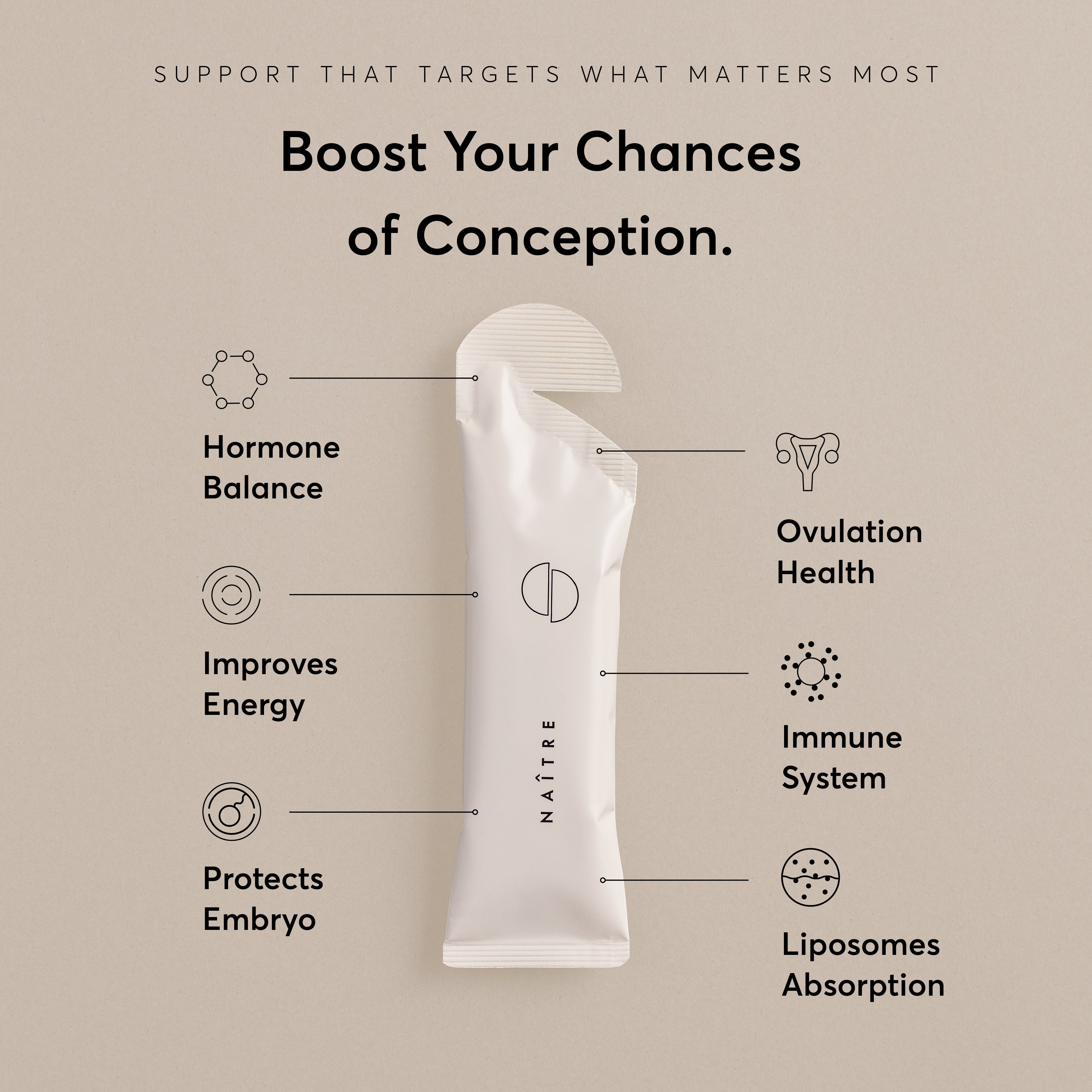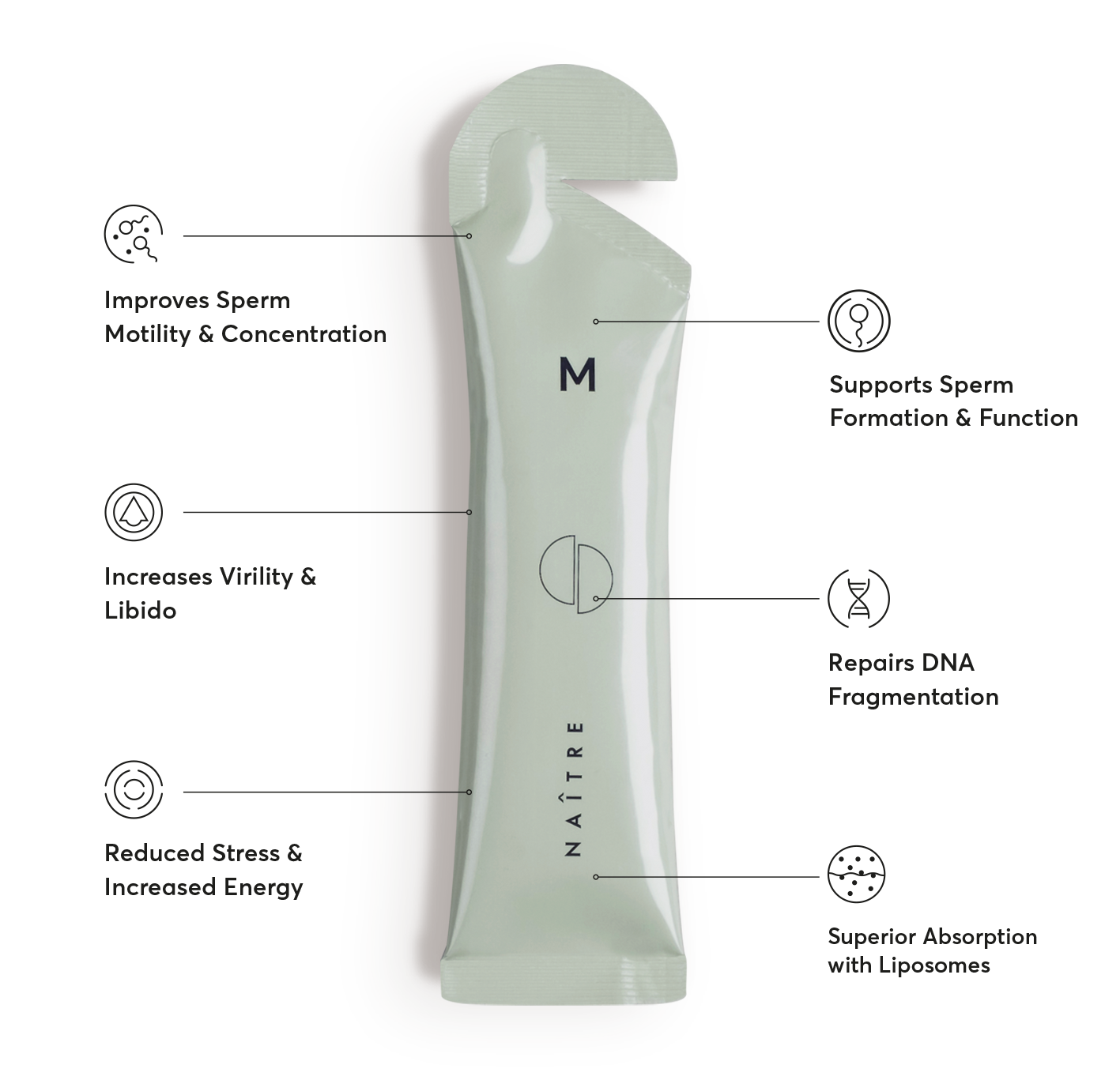
Here we review the most common reasons why people might have difficulty conceiving, what factors you can modify yourself, and when to seek professional assistance.
Key Terminology
Infertility is defined by the CDC as being unable to become pregnant after a year or more of regular unprotected sexual intercourse. Difficulty conceiving is common – affecting around 1 in 7 heterosexual couples in the United Kingdom. There are two types of infertility – primary infertility, where someone who has never had a child has trouble conceiving; and secondary infertility, where someone who has had a child previous has trouble conceiving.
The term “Impaired fecundity” is used to describe either difficulty conceiving, or difficulty carrying a pregnancy to term, so this includes those who sadly experience pregnancy loss.
Causes of infertility can be divided into male and female factors; and further subdivided into lifestyle factors, hormonal disorders, underlying medical conditions and structural or anatomical issues.
Statistics
It is estimated that around 84% of couples having regular sex will naturally conceive within a year. However, this means that a significant proportion of couples trying to conceive will have difficulty. In the UK, around 55% of cases of infertility have some underlying female cause (e.g. problems with ovulation, fallopian tube damage or disorders of the womb), 30% of cases have male causes, and 25% have no identified male or female cause. In about 40% of cases, there is evidence of some disorder in both the male and female partner.
Common causes of female infertility
Obesity is a risk factor for infertility, with women with a BMI of over 30 taking longer to conceive and having a higher incidence of infertility than those with a normal BMI. On the other hand, those with a BMI of less than 19 also have a decreased chance of conception, so it’s important to aim for a normal BMI (20–25 ideally).
Lifestyle factors
Smoking is also associated with not only problems conceiving, but also higher rates of miscarriage. It’s recommended to stop smoking when trying to conceive, and for the duration of pregnancy.
Age
Age undoubtedly plays a significant role in female fertility. Girls are born with a finite number of eggs in their ovaries, and their number and quality reduce over time. Female fertility peaks in the early to mid-twenties, and tends to start to decline after the age of 30. For a woman aged 19–26, there is a 92% chance of conception within a year, and for a woman aged 35–39, this percentage is reduced to around 82%. Naturally occurring conception is rare over the age of 45. There is also an increased incidence of spontaneous miscarriage and genetic defects in pregnancies occurring at a more advanced age.
Hormonal disorders
One of the most common reasons for female infertility is ovulatory disorders. This means lack of ovulation, or not ovulating every cycle. Ovulation disorders may be caused by problems with the hormones controlling the ovaries, dysfunction of the hormones, or by ovarian failure. One of the most common conditions that leads to problems with ovulation is polycystic ovary syndrome (PCOS).
Structural issues
Structural or anatomical issues can occur at any place in the female reproductive tract. One of the most common abnormalities is formation of scar tissue – known as “adhesions” – which can happen as a result of infection, conditions such as endometriosis, or prior surgery. Other conditions that may lead to a structural issue are fibroids and tumours of the reproductive tract (e.g. ovarian or cervical cancer). Rarely, the female reproductive organs may not have formed properly.
Investigations for female infertility
Given that ovulation disorders are found in up to 25% of couples with difficulty conceiving, it is prudent to first investigate if ovulation is occurring – your doctor can take a blood test around the time you should be ovulating to check for the progesterone hormone, which peaks at this time. If you have irregular periods, your doctor may check for hormones called gonadotrophins, which normally control the function of the ovaries. Your doctor will also want to check for any infections such as chlamydia or gonorrhoea which can cause inflammation in the genital tract and hinder conception. Your doctor will also want to examine you for any signs of anatomical abnormality, fibroids or tumours. If these investigations are normal, the next step is often to perform an ultrasound scan of your pelvis to look at the ovaries, womb and fallopian tubes. In some cases, a special ultrasound test called a hysterosalpingogram may be performed to check the tubes are not blocked. In some cases, keyhole surgery may be performed to physically look at the structures in your pelvis and check these are normal.
Common causes of male infertility
Sperm
The most common cause of male infertility is problems with the sperm. Normally ejaculate is over 1.5ml, and contains at least 39 million sperm. At least 58% of the sperm should be alive, at least 40% should be motile (moving) and at least 4% should have a normal appearance (morphology). Factors affecting sperm quality include obesity, lifestyle factors such as smoking and alcohol use, age and factors related to your own internal environment such as levels of oxidative stress.
Weight
Men with subfertility have been shown to have a significantly higher BMI than fertile men and weight loss in obese men has been shown to improve semen quality.
Lifestyle
Lifestyle factors are important in men too, smoking, use of recreational drugs, high alcohol intake, use of steroids and a poor diet can all reduce sperm count and quality. There’s also evidence that lifestyle factors that lead to an increased scrotal temperature such as wearing tight underwear, or sitting down for long periods, may also hinder sperm quality.
Age
There is an age-related decline in fertility for men too, although it’s much less marked than that for women. Quality of sperm has been found to decline after the age of 40, and this may also contribute to an increased rate of miscarriage.
Oxidative stress
Current evidence suggests a link between oxidative stress and male infertility. Oxidative stress occurs where there is an imbalance between the production of reactive oxygen species (ROS) and available antioxidants. Factors such as smoking, alcohol intake and working with heavy metals can all increase ROS. Antioxidants are best obtained from a diet rich in fruit and vegetables however supplementation has been shown to improve sperm parameters in men with diagnosed infertility.
Medical conditions
Medical conditions such as chromosomal abnormalities (e.g. Klinefelter’s syndrome, cystic fibrosis), anatomical obstruction, ejaculatory dysfunction and erectile problems can also cause or contribute to male-factor infertility.
Investigations for male infertility
The first step in the investigation of male infertility is a semen analysis, where the male partner will be asked to provide a semen sample which will be examined for sperm number and quality. This will help to guide additional investigations such as measuring hormone levels, and conducting imaging studies to look at the structure of the male reproductive tract.
Summary
Many aspects can contribute to difficulty conceiving, some are modifiable and some you cannot do anything personally to overcome. Everyone’s body is different, so it’s important to be kind to yourself and remain positive when trying to conceive. It is a good idea to see your doctor if you have not become pregnant after a year of trying. You might want to see your doctor sooner if you are over the age of 35, or if you have any underlying medical conditions.






